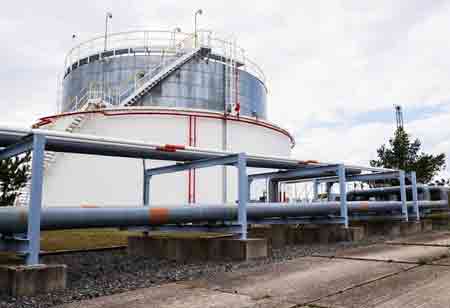Thank you for Subscribing to Energy Business Review Weekly Brief
Advantages of Using Solar Energy
Solar power is predictable and adds only a small variability to the power system's production side.

By
Energy Business Review | Wednesday, January 05, 2022
Stay ahead of the industry with exclusive feature stories on the top companies, expert insights and the latest news delivered straight to your inbox. Subscribe today.
Solar energy has a promising future. As technology improves and gets more affordable, utility-scale solar use is fast expanding.
Fremont, CA: Solar power is predictable and adds only a small variability to the power system's production side. As customer demand varies throughout the day, the power infrastructure already controls energy fluctuation. Solar power generation rises during the day in many areas, especially during the summer, when demand is higher. Modern solar farms can provide the same or better grid dependability services than conventional power plants because of advanced controls and power electronics. Furthermore, advancements in energy storage technology enhance operators' ability to offset renewable energy's intermittency without burning fossil fuels.
Some of the advantages of using solar power are:
Economic benefits
The majority of utility-scale solar farms are found in rural areas, where farmers and ranchers are searching for ways to supplement their income. Landowners are paid rent for utilization of their land, providing them with a steady source of income that allows local farms and ranches to be passed down through the generations even when commodity prices are volatile. Solar energy is a lucrative new cash crop that may be used to supplement farming, ranching, and other activities. Furthermore, many communities use solar farms' increased tax revenue to support much-needed road, school, and bridge repairs.
Sustainability
Solar is a renewable energy source that leverages the sun's energy, which is innately abundant, inexhaustible, and free, in contrast to fossil fuels, which are finite and expensive. Solar farms do not burn fossil fuels, do not require fuel transportation, and use very little water. When solar farms create power, they are non-polluting and release no carbon emissions.
Cost-effectiveness
Solar is one of the most cost-effective energy sources accessible, and because it is powered by technology rather than gasoline, its costs will continue to fall as technology progresses. From 2009 to 2017, the cost of producing 1 MWh of solar energy reduced by 86 percent, according to the financial advice firm Lazard. According to an assessment by the International Energy Agency, solar is the cheapest source of electricity in some places, even without subsidies.






